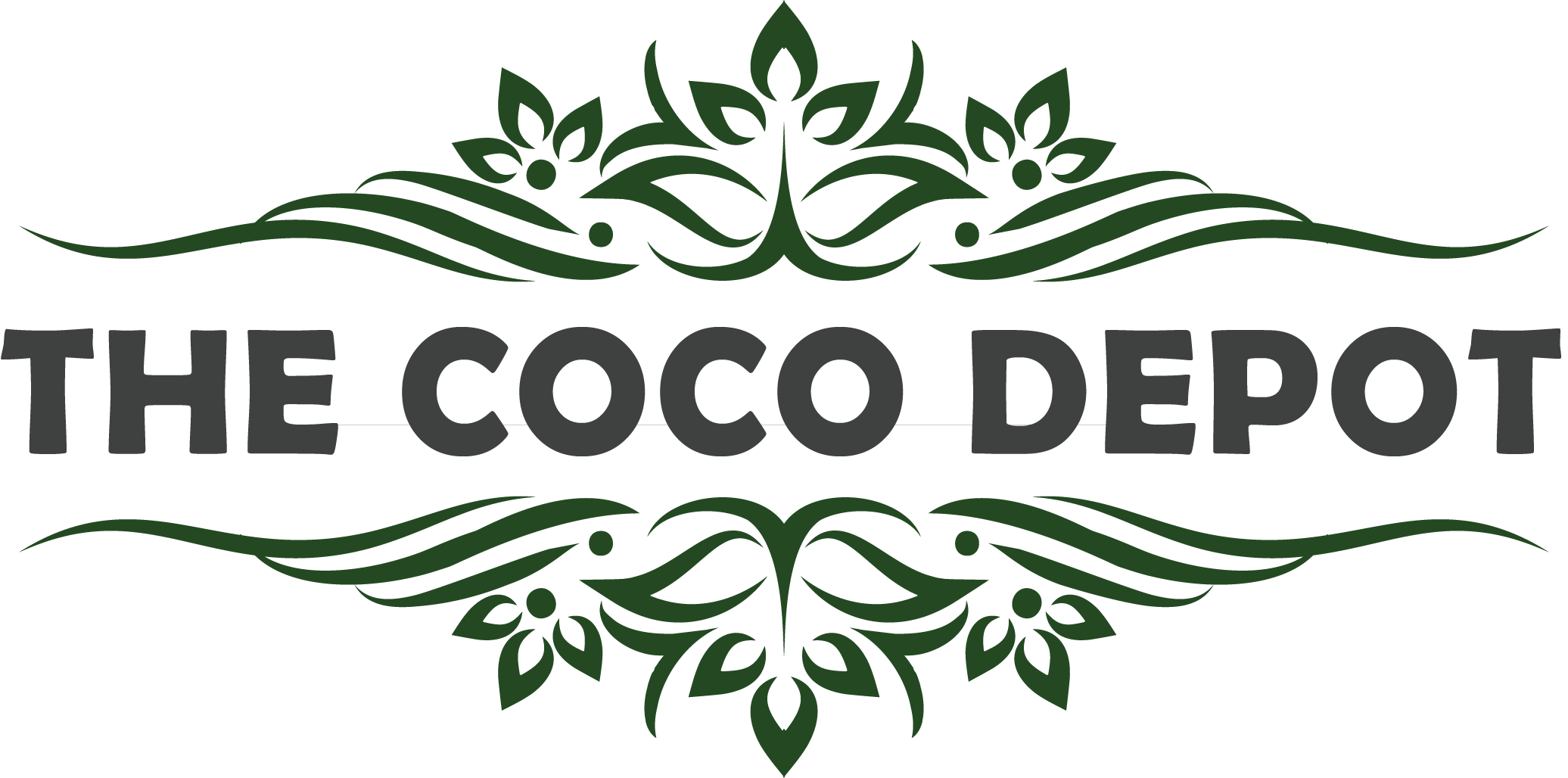Coco peat is a naturally available renewable resource which is subjected to adulteration more often. Major coir products are employed in horticulture and agricultural applications as it stands out to be a multi-purpose soil conditioner. Since then, the need to emphasize quality control has been in light.
From the procurement of collecting coconut from mills till the final packing of fine graded coir products, coir undergoes series to quality measures before reaching the market for sale.
Every manufacturing institutes maintain separate quality control laboratories with experienced workforce to ensure best quality material is obtained.
The following methods are described as industry accepted methods of testing.
- EC test
- pH Testing
- Sand Testing
- Moisture Test
- Expansion Volume
1. EC testing
EC testing is usually performed for the water extraction from the material. For checking for Electrical Conductivity of Coco peat, we have 2 well known methods, namely WET METHOD and DRY METHOD.
-
WET Method is the generally used method for stringent quality control, also called as 1:1:5 method. The sample coco peat are immersed in demineralised water or RO water to fully expand. Precisely, three times the weight of the coco peat is to be mixed with water (30ml RO water to 10g of cocopeat).
And 100ml of this mixture is again diluted with 150ml of demineralised water. The mixture is stirred thoroughly without clumps, and left to soak for about 15minutes.
A strain of this solution is put through EC evaluation with the help of EC meter (ECc).
There also exist other ratios of wet method like 1:2 method (100ml coco peat solution to 200ml of RO water).
-
DRY Method is carried out after the defibering of coco coir. It is also called a 1:5 method. One part of cocopeat is immersed in five parts of demineralised water (100gms to 500 ml). Stir, soak and strain this solution to measure the EC (ECc).
Dry method is a volumetric method used world wide, but some prefer 1:10 gravimetric method. But stil, that method is affected by sand presence in the solution.
EC of coco peat are measured by the formula ECc-ECw (mS/cm).
2. pH (potential Hydrogen) testing
pH testing is similar to wet method of EC testing. However, 1:5 dry is practically used while testing pH. A neutral pH RO water (7.0) is used for the solution of coco peat. Accurately, 5 times of pH neutral water is added to coco peat to soak. Stirred well and left for 15minutes to expand.
Later with the help of a pH meter, the pH of the solution is determined.
The pH of the solution directly gives the pH of coco peat.
3. Sand testing
Oftenly, when coir is exposed to direct sunlight for drying. In the meanwhile sand from the gusty wind pollutes the cleaned coir. To make sure not much sand disturbs the coir quality, Sand testing is held.
A sample of 1kg of coco peat is soaked for about 15minutes in clean water. Since the coco peat is lighter in weight, they float while sand and husky particles settle in the bottom.
After a while, coco peat mass is removed, and the remnant sand is dried under 105-120degrees Celsius of heat. Based on the sand residues, the amount of impurities is regarded and necessary measures taken.
The Sand content is expressed in Ws/1000x100%
4. Moisture Test
Moisture content is essential for coco peat used as a growth amendment. Whether it is compressed or in loose bags, coco peat retains typically 15-25% moisture.
Based on two different types of drying, the moisture level differs.
For direct sun drying, coco peat pertains not less than 60% of moisture content with the help of Moisture meter directly inserted into the block.
For hot air oven drying, a crushed sample of 100gms of coco peat is heated in a hot air oven at 100degree Celsius. The hot dried coco peat (W) is measured by the formula
Moisture content = (100-W)%
The moisture content of a weighed coco peat is also illustrated in the Moisture to Dry Matter ratio. And is noted as the formula,
Moisture:matter ratio = (100-W):W
A fully sun dried coco peat of 15% moisture has a moisture:matter ratio of 1:5:7 (1 part of water to 5:7 parts of coco peat).
Whereas, loosely packed coco peat of 60%, has more moisture than mentioned, i.e, for 60% moist loose coco peat an additional of 15% moist appears as it is weighed; this is to say total of 75% of moisture is present in loose coco peat, expressed as 75:25 or 3:1 moisture:matter ratio(for every 1part of coco peat it has 3parts of water).
6. Expansion Volume
A slice of coco peat block weighing about 1kg is crushed and mixed with clean water (1 part of coco peat to 3 parts of water). Completely soaked in water and left to expand. Measure the fully expanded coco peat without imparting any strains.
The number of liters of the coco peat mass given the expansion volume of the sample. A normal 1kg of coco peat when expanded weighs up to 9-10liters.


1 comment
Best infamatve article for coco peat exporters.Thank you